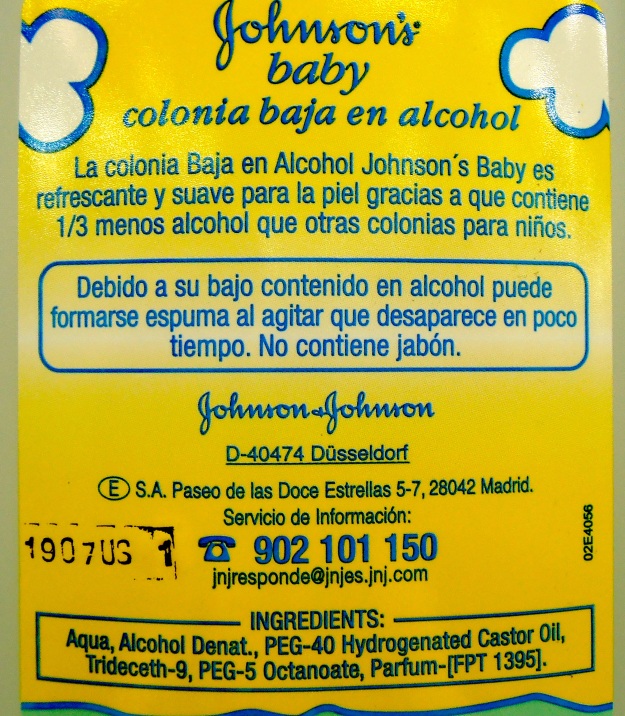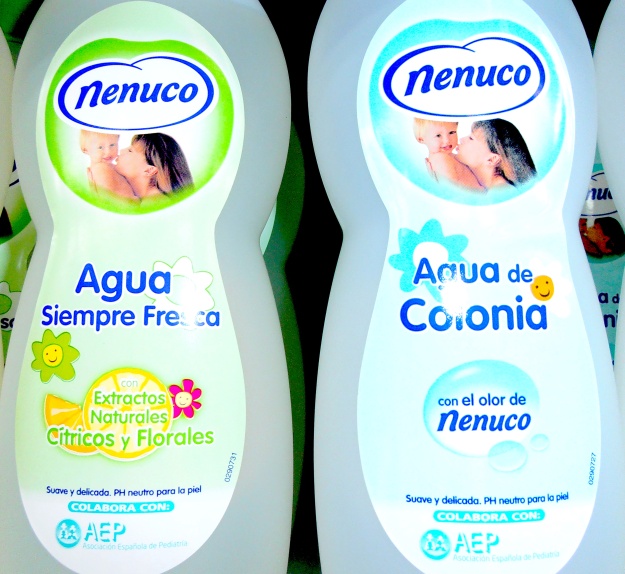Bavaria has so many lakes that I’ll never even get to circumnavigate even half of them in my lifetime… but there’s a Happy End. How’s that for a teaser…?
Monthly Archives: August 2015
Nothing Separates A German From Their Sausage
Vegetarians of the world please avert your eyes. What follows is pure carnage. Of the most delicious kind. Let’s do the food porn first, and leave the educational bit (I am using that term very loosely) till later, shall we?

Currywurst is a legendary German invention… these two were devoured my mum and moi on last week’s hike.

My brother and my mum beneath a sign in Munich advertising probably the most famous of Bavarian sausages: The Münchner Weißwurst.
What is a Weißwurst, I hear you ask…

Here’s a pile of them. The while ones, obviously. Actually, I must confess that don’t really like them all that much… SACRILEGE!
Now imagine this potential nightmare scenario: You’re at home, it’s late, you desperately fancy a meaty midnight morsel BUT YOU’VE RUN OUT OF SAUSAGE! If you happen to be living in a semi-rural area like my folks, 24-hour supermarkets or convenience stores are far and few between. What is a desperate sausage-dependent German to do?!?
Well, there is hope: My tiny little village of 700 inhabitants, which only has one restaurant and no shops at all, sports one of these:
By now, you’ll have gotten the point. Germans have a very special relationship with their sausages. Not only are burly bangers ubiquitous in local fast food outlets, butcher’s shops, supermarkets and vending machines, but they have also wormed their way into the common vernacular in the form of countless expressions. Here is a selection:
Picture the scene: There’s a terminal struggle going on. Everything’s at stake. It’s a matter of life and death. This is when, for a German, “es geht um die Wurst” (it’s about the sausage). And that tells you all you need to know about how we feel when it comes to our precious meat products.
I’m quite partial to the (British) phrase “I don’t give a rat’s arse!”. The German equivalent is “das ist mir Wurst!” (It’s sausage to me!). This appears to contradict the aforementioned “es geht um die Wurst”, but it’s really just proof that the sausage is all things to all people. (To all German people, at least.)
Some sad individuals love nothing more than to be offended by anything and everything. These bothersome thin-skinned types are liable to earn themselves the title of “beleidigte Leberwurst” (insulted/offended liver sausage). And while they stomp off in one of their huffs, they might well call the hapless culprit who (probably inadvertently) caused their latest grievance a “Hanswurst” (a buffoon).
When Germans get philosophical about the finiteness of things, they like to point out that “alles hat ein Ende, nur die Wurst hat zwei” (Everything has an end, only the sausage has two).
[For those interested in German food-related expressions, you will enjoy this post: How To Be A Hater With German Food Phrases]
The Bavarian Has Landed
I hereby announce my return to The Fatherland. My darling brother picked me up from Munich airport, and it took no longer than the 40-minute drive to my mother’s place (aka The House of Cakes) to remind me exactly where I was…

Within ten minutes of hitting the Autobahn, we got stuck behind this vehicle… but who could possibly mind… when it’s clearly urgent medical supplies!

Why would you have a picnic by the river when you can actually be IN the river!? (Note the guy in the hammock at the back, and, most important of all – the crate of BEER in the front!)
Just don’t expect anything serious out of me for the next three weeks…
Baby’s Got Whiff? Dip It In Perfume!
Spanish babies are a malodorous breed. To disguise their offspring’s offensive stench, Iberian mamas have a powerful weapon at their disposal: Half-litre bottles of “Baby Cologne”. You want proof? Here are some pics I took this very morning in my local supermarket:
Now, I must confess, I know nothing whatsoever about miniature humans or the fancy potions that are meant to maintain their olfactory acceptability. It was my Spanish teacher who first drew my attention to this cultural difference in paediatric hygiene a few years ago, when she told me about her frustrations in trying to hunt down such a product in North London chemists after the birth of her first daughter, reaping nothing but raised eyebrows and contemptuous glares.
I can’t get my head around the concept either. Surely, most people dunk their whelps in a warm frothy bath at the end of the day in order to remove suspect residues, probably employing some sort of industrial cleaning product which is already lightly perfumed. Why would anyone expose their little princess’s pristine peachiness to any more chemicals than are absolutely necessary? And chemicals they do contain:

Contains one third less alcohol than other brands, apparently. And a healthy dose of Tirdeceth-9 Octane… WHAT?! Oh, but look, it’s soap-free!

The question at the top reads, loosely translated, “What does it do for my baby?”, and then goes on to explain that the product lends an “original smell and wellbeing”, and that it “stimulates [the baby’s] senses owing to its special fragrance and your cuddles, which it loves so much”. I guess nobody would want to risk making physical contact with an untreated beast… Theres’s also a series of warnings, including “avoid contact with eyes”, “do not ingest”, “keep out of the reach of children”, “do not use near naked flames or heat sources”.
Spain is the world’s second largest market (after Brazil), generating retail value sales of US$55.3 million in 2014, and Nenuco and Johnson’s (see my photos) are indeed the leading brands here in Spain. In annual per capita terms, Spanish consumers spent US$9.60 on its defenceless victims aged 0-11 years of age, while Brazilian parents dowsed millions of tiny botties with US$11.50 worth of the stuff in 2014. Sales in the other countries I mentioned were rather minimal by comparison, hovering around the 1 dollar mark per child.*
So, people, do tell me, are babies sanitised in this way in your country…? Or do they prefer them au naturel?
[*For data source, click here]





















